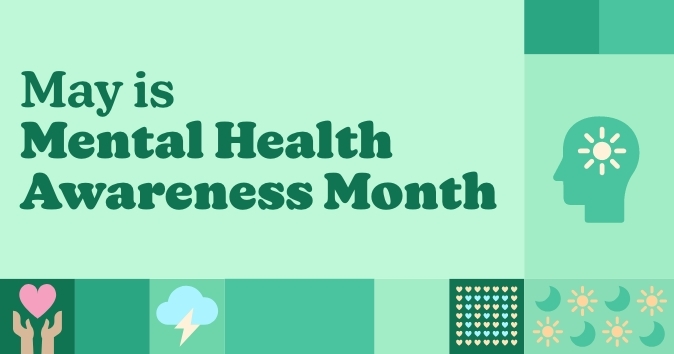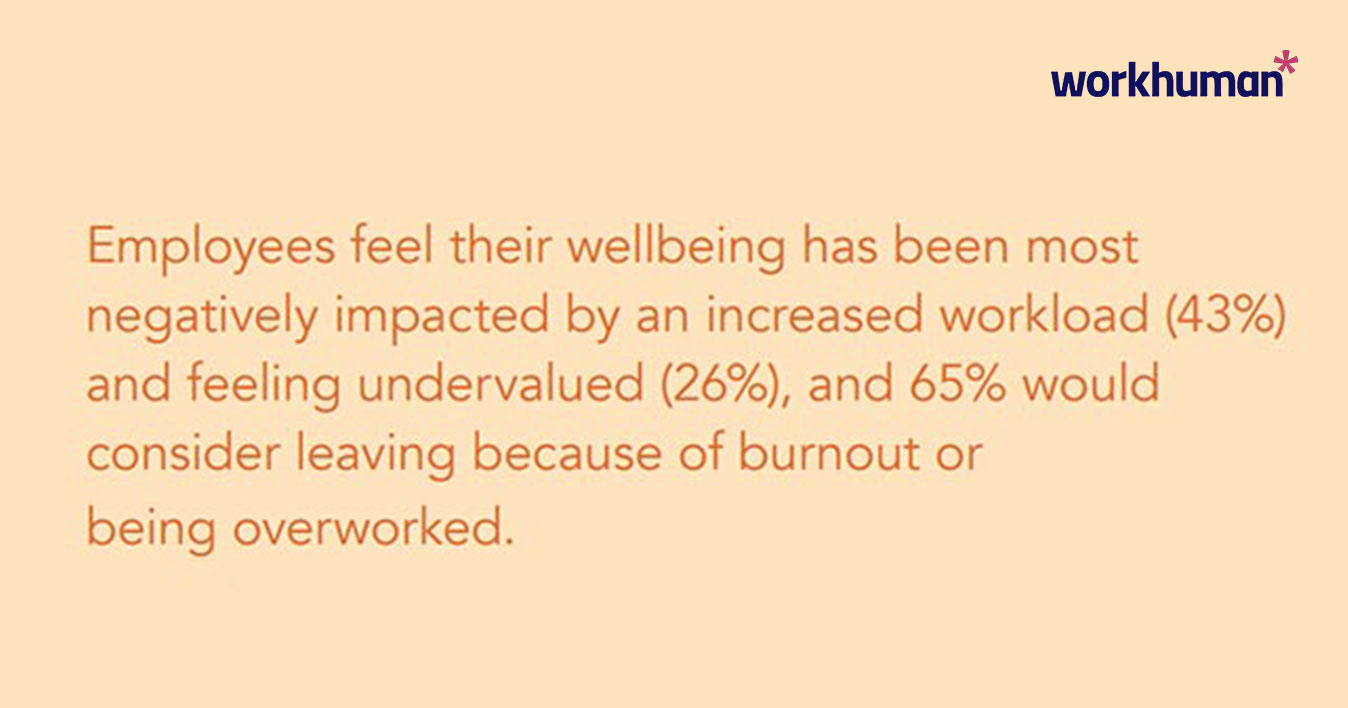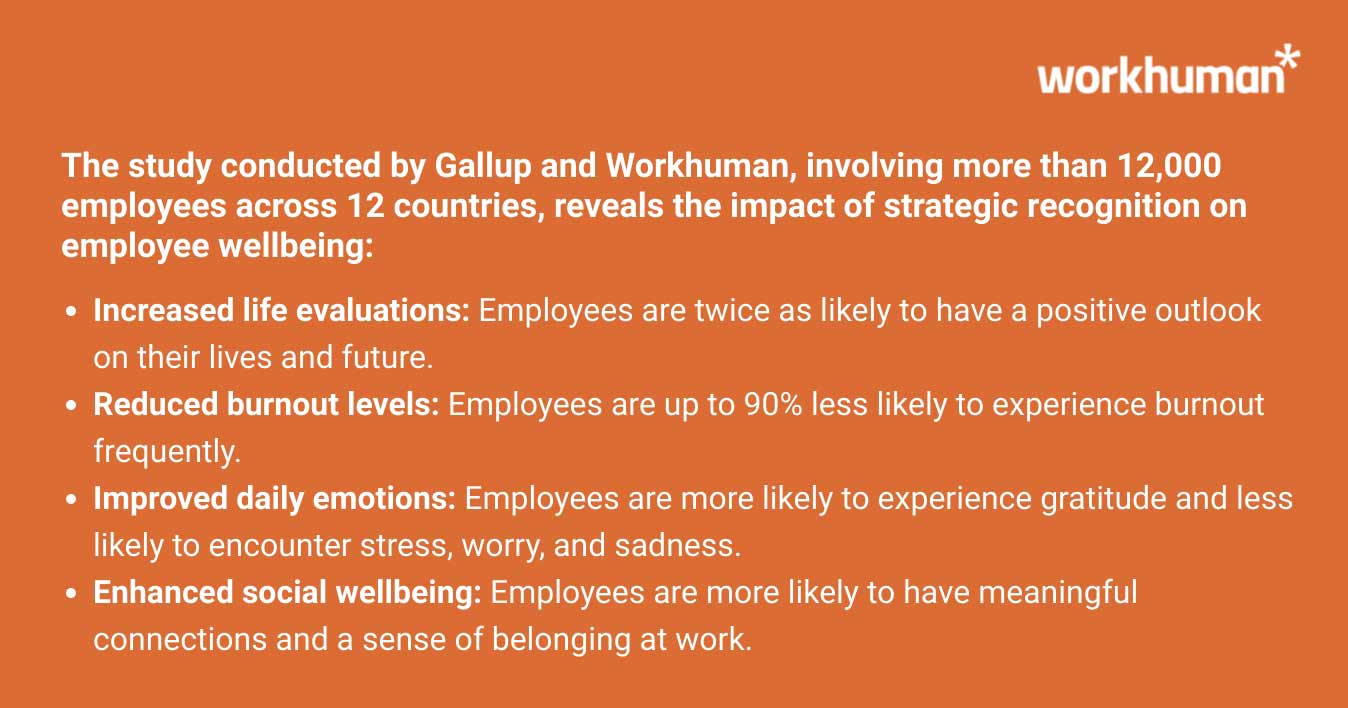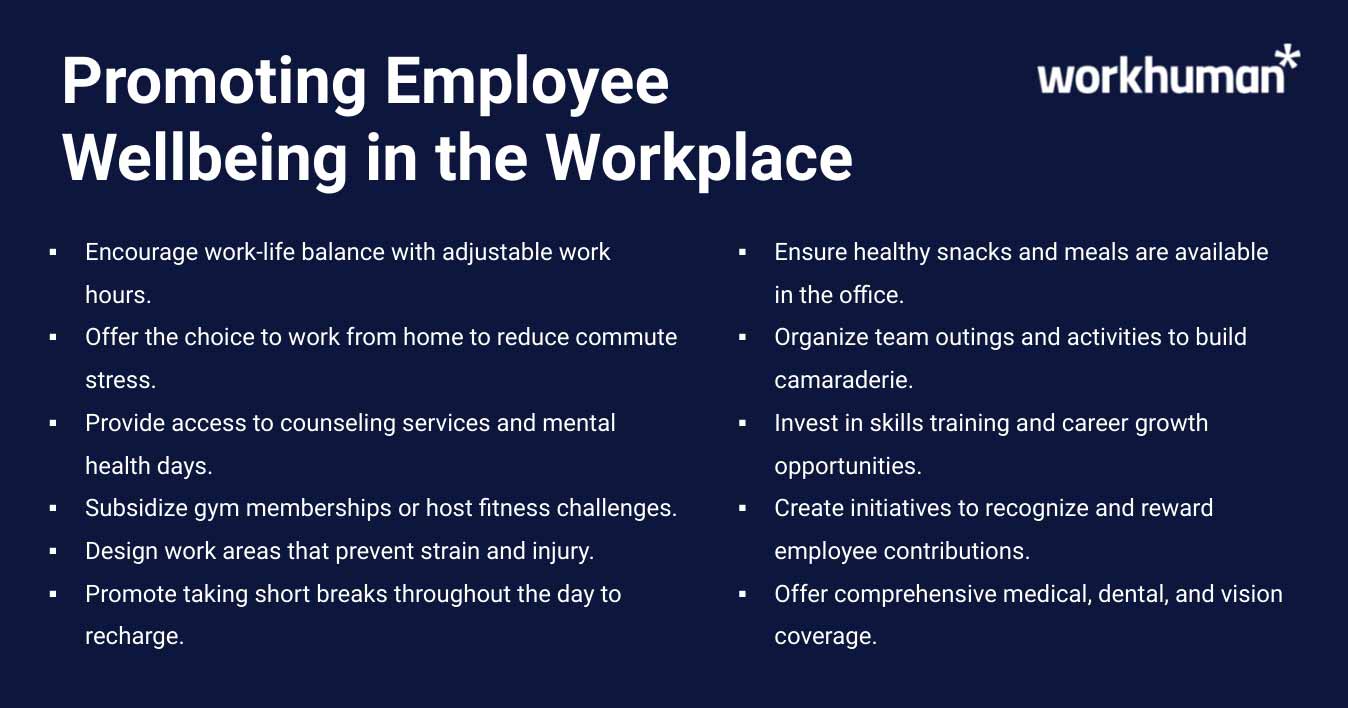Understanding Mental Health in the Workplace

May is Mental Health Awareness MonthOpens in a new tab. This year’s campaign is called “Take the Moment,” focused on fostering open dialogues and cultivating empathy, and understanding. “Take the Moment” also underscores the importance of destigmatizing mental health by normalizing the practice of taking a moment to prioritize mental wellbeing without guilt or shame.
Mental health plays a significant role in all aspects of work, from how work gets done to how it impacts productivity, social connection, and overall wellbeing. And with 21% of American adults experiencing mental illness – that’s one in five adults (Mental Health America) – it would be remiss not to expect this topic to be prevalent at work.
The situation is dire in the United States: 55% of adults with a mental illness receive no treatment, and 22.87% of adults who reported experiencing 14 or more mentally unhealthy days each month were not able to see a doctor due to costs (Mental Health America). Unfortunately, this isn’t altogether surprising given that there is only one mental health provider for every 350 individuals who need care.
As such, it is an organizational imperative to care for employees’ wellbeing by providing resources and care, educating, holding space, and reducing the stigma.
Let’s dig deeper into the connection between mental health and work to see how organizations can support their team members to foster an environment of support and thriving.
The state of mental health at work
Four in 10 U.S. employees say their job is negatively impacting their mental health, according to Workhuman research. And that same research shows that fewer than one in four employees say their organization cares about their wellbeing – meaning the world of work has a long way to go.
For more information on how a culture of recognition can amplify the wellbeing of your employees, check out this Workhuman-Gallup report.
Mental health plays a key role in wellbeing, which impacts almost every aspect of a person’s life, including their career, social connections, financial stability, and overall standard of living.
The stressors of life don’t stop the moment you log on or set foot in the office. As emotional beings, humans naturally bring their feelings to work. It’s not possible to switch this off just because you have a deadline or an important meeting.
While it might feel like you should be able to do this – and you might sense pressure to do so – you shouldn’t feel like a failure if you can’t. You have to complete the stress response cycle in order to get through it, and that doesn’t necessarily follow an external timeline.
When employee wellbeing is low, organizations pay for it. Gallup and Workhuman research shows that companies can face a $20M loss for every 10K employees due to low wellbeing. It’s also connected to higher turnover and lost productivity, with the associated costs of low wellbeing reaching an estimated $322 billion, with employee burnout being a significant contributing factor.
Explore the key steps that outline how organizations can improve overall employee satisfaction, reduce burnout, and foster a positive work environment.

Prioritizing employee mental health services
When it comes to mental health at work, the World Health Organization makes it clear:
Safe and healthy working environments are not only a fundamental right but are also more likely to minimize tension and conflicts at work and improve staff retention, work performance, and productivity.
Conversely, a lack of effective structures and support at work, especially for those living with mental health conditions, can affect a person’s ability to enjoy their work and do their job well; it can undermine people’s attendance at work and even stop people getting a job in the first place.
Stress, burnout, poor working conditions, and other negative outcomes at work put a tangible strain on employees’ health. Aside from a carefully implemented work culture, what can you do?
Training is crucial for employees and managers alike to understand, identify, and help with emotional distress. WHO recommends:
- Manager training: Equip your managers with education on mental health so that they can recognize and respond to team members experiencing difficult times, communicate openly and listen actively, and foster a healthier, safer work environment through their own management skills
- Employee training: Train up your team members in mental health literacy and awareness. Having access to this information makes them feel supported and helps reduce the stigma against mental health conditions at work.
- Interventions for individuals: Help employees build skills to manage stress, as well as recognize and manage their own symptoms. This is where physical activity and taking breaks can play an important role.
It is vital that employees know what resources are available to them. When a crisis arises, the barrier to care shouldn’t be not knowing what they can do. They should know where to find information and how to ask for help. A short PDF buried in the employee resource center isn’t going to cut it.

Promoting employee wellbeing
Both physical and mental health feed into wellbeing – and to each other. With too little physical activity, physical health and wellbeing, mental and emotional wellbeing begins to suffer. A desk job, of course, can make physical activity scarce, making it all the more important to integrate into your company culture.
Trying to be “on” at all times adds up to cumulative mental strain, which is a surefire path to burnout. The reality is that our brainpower isn’t limitless and needs breaks to be replenished. While 21st-century working culture acts as if more is always better, anyone who’s worked an excessively long or difficult day can tell you that their best effort ran out quickly and they were left running at half capacity.
A systemic review and meta-analysis on science of micro-breaksOpens in a new tab found that short breaks help to preserve high levels of vigor and alleviate fatigue. Moreover, micro-breaks are specifically beneficial for clerical work or creative exercises, while more cognitively demanding tasks might need longer breaks (>10 minutes). These pauses can help re-up productivity and generate a sense of re-energization.
You can facilitate breaks in your work culture by encouraging:
- Taking a breather after a meeting
- Going for a mid-day walk, alone or with other colleagues
- Taking a true lunch break away from the computer
- Scheduling breaks into longer meetings
- Hosting a yoga or stretch break a few times per week
- Educating employees on the importance of breaks and showing them stretches and breathing exercises they can do at their desks between tasks.
You can also encourage a more mindful culture by pulling from the C.A.N.D.O. structure:
- Connect: Dedicate time for connection. Whether that’s a connection with a colleague, friend, family member, or nature – find time to connect.
- Active: Dedicate time to be active each day. The more active we are, the better it is for both mind and body.
- Nice: Dedicate time to be excellent every day. It’s so much easier to choose kindness. You never know what impact it’ll have on someone, including yourself.
- Discover: Dedicate time to be curious and learn something new. This is particularly helpful when in a rut or experiencing writer’s block.
- Observe: Dedicate time throughout the day for recovery and mindfulness. Observing without technology and doing nothing for five minutes will help disconnect and recharge you.
All of the above can help your employees feel less stressed, more energized, and more focused throughout the day. Knowing they won’t be judged or penalized for taking a break helps build a sense of psychological safety as well.
Learn about the three tips to improve mental health in the workplace.
Feeling taken care of at work goes a long way. People with high career wellbeing are more than twice as likelyOpens in a new tab to be thriving in their life overall.

Ending stigma and fostering awareness
Mental health awareness may have made significant strides in recent years, but stigma still exists across work culture and beyond. The sense that one’s own struggles might be perceived as shameful or fabricated stops many people from speaking up or seeking help.
The sense of stigma around mental health comes from both experience and anticipation, so the best way to combat stigma is by educating employees on the importance of mental well-being, the impact of language, and the power of empathy.
In your mental health and ways to wellbeing resources, be sure to touch on language and challenge stigmatizing phrases and biases. Remind people that mental health goes beyond the most recognized diagnoses, like depression and anxiety, and that anyone struggling with their mental health deserves care, regardless of their diagnosis or symptoms.
Equip employees with ways to respond to insensitive language, particularly on others’ behalf. It can be difficult to speak up when you are struggling; having allies makes it significantly easier.
Above all, emphasize the importance of being empathetic and understanding. Underscore the importance of listening to and believing those who are brave enough to speak up about their struggles. Teach team members how to create a sense of safety by offering space simply to listen and offer a sympathetic ear.
Take an equitable approach to mental health
While everyone needs some degree of mental health care, it’s vital to recognize that mental health issues affect people across diverse populations differently. People who identify as being two or more races are more likely to report any mental illness within the past year than any other race or ethnic group.
While rates of depression are lower in Black and Hispanic populations, depression in these groups is likely to be more persistent. American Indians and Alaskan Natives report higher rates of posttraumatic stress disorder and alcohol dependence than any other racial/ethnic group.
Mental health treatment has its own disparities as well. In 2015, white people received the most care of any racial or ethnic group (48%), with just 31% of Black people and 22% of Hispanic people with mental illness receiving care (American Psychiatric Association).
The American Psychiatric Association lists these common reasons for barriers to care on a racial/ethnic basis:
- Lack of insurance, underinsurance
- Mental illness stigma is often greater among minority populations
- Lack of diversity among mental health care providers
- Lack of culturally competent providers
- Language barriers
- Distrust in the healthcare system
- Inadequate support for mental health services in safety net settings
It’s important to take these statistics and factors into account when creating your workplace mental health program. You should integrate these resources with your existing diversity and inclusion efforts, ensuring that people across all backgrounds have the same access to care and the support they need to get care.
Conclusion
Improving the state of mental health at work is going to require more than just additional resources and support; it’s going to require a true cultural shift. While the U.S. has made strides in reducing stigma and increasing awareness, there is still a long way to go.
Recognize and own how your organization can be part of that change. Empower your employees to help care for themselves and the community around them by offering the necessary care, resources, and support.
Ask for what they need and create your resources and policies based on their specific requirements. Change comes from intentional and thoughtful work that holds steady even in the face of adversity.
Remember, Mental Health Awareness Month is an opportunity to foster dialogue, reduce stigma, and prioritize wellbeing. Let’s evolve our workplaces to better support mental health! 🌟
About the author
Maeve Ginsberg
A wellness enthusiast and the mid-day walk’s #1 fan, Maeve champions work-life balance.
Having gone from a corporate job to self employment, Maeve has lived through countless working styles. This evolution forced confrontation of her own limiting beliefs, eventually breeding a completely individualized approach to work and productivity.
As a Senior Copywriter, Maeve often writes on workplace wellbeing and strives to advocate for all workers and leaders to find small yet significant ways to make their work lives healthier and more fulfilling.
Offline, Maeve enjoys testing new cuisines and hanging upside down off walls (also known as bouldering).